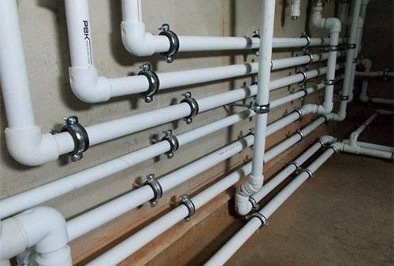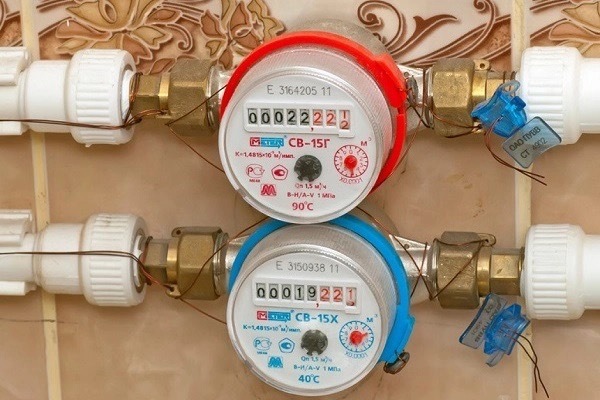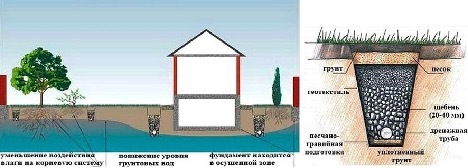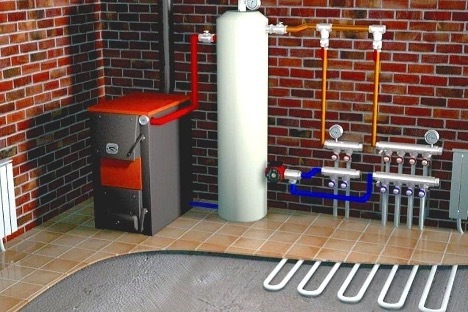Polypropylene for hot water is one of the best materials, it is durable, easy to install and resistant to corrosion. However, not every product is suitable for hot water supply. When choosing, you need to consider the composition, structure and type. These metrics are detailed below.
The content of the article
- Which pipes are suitable for hot water
- Criterias of choice
Which pipes are suitable for hot water
Polypropylene is used for both cold and hot water. Moreover, if in the first case the requirements are minimal, then in the second they are more stringent. The fact is that the classic material greatly expands when heated, which can lead to an emergency.
Therefore, not any polypropylene is suitable for hot water, but only one that belongs to the following categories:
- copolymer (consists not of 1, but immediately of 2 organic polymers connected to each other into a single whole);
- pipe with aluminum insert;
- pipe with fiberglass insert;
The last 2 types are composite or reinforced. Compared to homogeneous ones, consisting of pure polypropylene, they contain up to 30% of the second component, for example, glass fiber. Since the structure of such products is represented by several layers, they are called "sandwich".
Thanks to the fiberglass or aluminum insert, the degree of expansion is reduced by several times. Moreover, in terms of its values, it approaches the indicator characterizing steel and copper pipes. In the case of them, the coefficient is about 0.012-0.016. As for reinforced polypropylene, the value corresponds to 0.050.
Along with this, the inserts as well as the base material provide a number of other benefits;
- resistance to corrosion (significantly higher than that of metal);
- low density and light weight;
- easy installation;
- soundproofing.
Criterias of choice
It is clear which polypropylene is best suited for hot water. It remains only to deal with the selection criteria for pipes. To do this, you need to know the marking - numeric and alphabetic designations. So, depending on the nominal pressure that the pipes can withstand, they are classified into 3 types:
- PN10 - withstand up to 10 atm., while working only at temperatures up to + 45 ° C. Suitable only for cold water supply, sometimes also used for drainage.
- PN16 - withstand up to 16 atm., The limiting temperature is + 60 ° C. They are also not suitable for hot water supply, but can be used in the underfloor heating circuit.
- PN20 and PN25 - withstand 20 and 25 atm, respectively. These are reinforced products with a fiberglass insert. They work at temperatures up to + 95 ° C, therefore they are optimally suited for hot water pipes.
Another important selection criterion is the composition of the material. According to this indicator, 3 types are distinguished:
- Homopolymer (designation PP-H) - consists of only one substance, does not withstand temperature well, therefore it is used only in cold water supply.
- PP-B - block copolymer: used in cold and hot water supply, universal common type.
- PP-R is a random copolymer: it is resistant to both temperature and pressure. It is applied in networks of any type, including with hot water supply.

Thus, when choosing polypropylene for hot water, one should be guided by the operating temperature range and maximum load (pressure limit). It is better to take the pipe “with a margin”, so that even an emergency can be prevented due to its strength.


